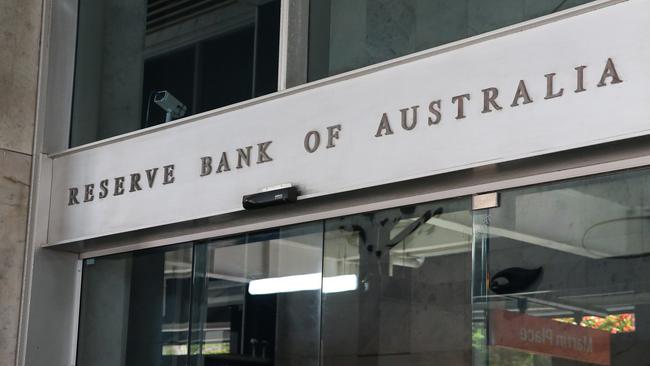RBA will be in no hurry to cut interest rates
What are the prospects for rate cuts in Australia in 2024? There doesn’t seem to be any compelling reason for the RBA to change policy settings in coming months.

Last year ended on a positive note for investors, with global equity and bond markets registering solid gains in the final two months of 2023.
These gains were fuelled by a sense that central banks were poised to deliver rate cuts in 2024, possibly beginning as soon as March. Expectations of easier monetary policy were helped by a dovish pivot from the US central bank in December, together with some promising developments on inflation in Europe, the UK and the US.
In Australia, bond and equity markets enjoyed a year-end rally too. The ASX 200 rallied 12 per cent in the final two months of the year, while the yield on the Australian government 10-year bond fell by 104 basis points. In short-end interest rate markets, which reflect traders’ expectations for future RBA moves, almost 70 basis points of rate cuts from the RBA were priced in for 2024 as last year drew to a close.
So what are the prospects for rate cuts in Australia in 2024? Could the market be correct in expecting that lower interest rates are coming as soon as mid-year?
A useful starting point is the observation that the RBA begins the year with a reasonable set of forecasts against which future monetary policy changes will be assessed.
Data to start the year has been somewhat scarce but has largely been consistent with the RBA’s forecasts. All else being equal, this supports the view that the RBA has no compelling reason to change policy settings in coming months.
Ahead of the RBA’s first meeting for 2024, one key piece of information is yet to be released.
On Wednesday, the Australian Bureau of Statistics will release the full set of inflation data for the fourth quarter of 2023. Should these numbers be broadly in line with the RBA’s forecasts, it will reinforce the case to keep rates unchanged. Indeed, partial data gathered over the quarter suggests that softer goods price inflation and the impact of government subsidies in certain sectors will help to deliver an acceptable outcome for fourth-quarter inflation relative to the RBA’s forecasts.
Although recent developments support the case for stable monetary policy, they should not encourage perceptions that the RBA will be cutting rates anytime soon. The RBA is facing into elevated unit labour costs, uncertainty about the stickiness of services inflation and a still reasonably tight labour market. Moreover, a meaningful easing of financial conditions in the final months of 2023 has removed downside risks to global growth for the first six months of the year.
And even if the market’s expectation for rate cuts in the US, UK and Europe by mid-year are validated by central bankers, it is reasonable to expect the RBA to lag this dynamic.
It remains the case that the RBA has little, if any, room for error on the inflation trajectory. While the possibility of a better-than-expected outcome on fourth-quarter inflation will be welcomed, the central bank will have little tolerance for any upside surprises to growth or inflation in coming months. Australian inflation remains higher than in other peer economies, and so the starting point for further disinflation is less favourable. And with target-consistent inflation outcomes not likely until the very end of 2025, the last thing the RBA will want to do is to deliver a premature easing of monetary policy.
Investors should also take heed of the signals coming from recent inflation numbers offshore. In the UK, Sweden and the US, inflation data has surprised on the upside in the past month. In addition, disruptions to global shipping routes risk higher goods prices if sustained, and data on traded goods prices point to a moderating deflationary impulse from China in recent months.
Domestically, the proposal to modify stage three tax cuts in favour of low and middle-income earners will keep the RBA alert to the possibility of a stronger consumption outcome in 2024. Generally speaking, lower-income households tend to spend more of a lift in income than their higher-income counterparts. So directing more of the tax cuts to lower-income households could see stronger growth in aggregate demand than currently factored into the RBA’s forecasts.
Of course, it is possible that the RBA sees faster disinflation than forecast in 2024, or that the labour market weakens more quickly than anticipated. In such circumstances, the case for rate cuts in the second half of this year would strengthen and market pricing would be largely validated.
In summary, the RBA will probably start the year with some comfort that the current setting of monetary policy is appropriate. And while markets are keen to price in the likelihood of rate cuts in 2024, it is important to realise that risks to the policy outlook in Australia are two-sided from here.
This is a somewhat different characterisation of the monetary policy outlook compared to that in other major economies at present, and should help to support our currency, all else being equal.
Sally Auld is the chief investment officer at JBWere.



To join the conversation, please log in. Don't have an account? Register
Join the conversation, you are commenting as Logout